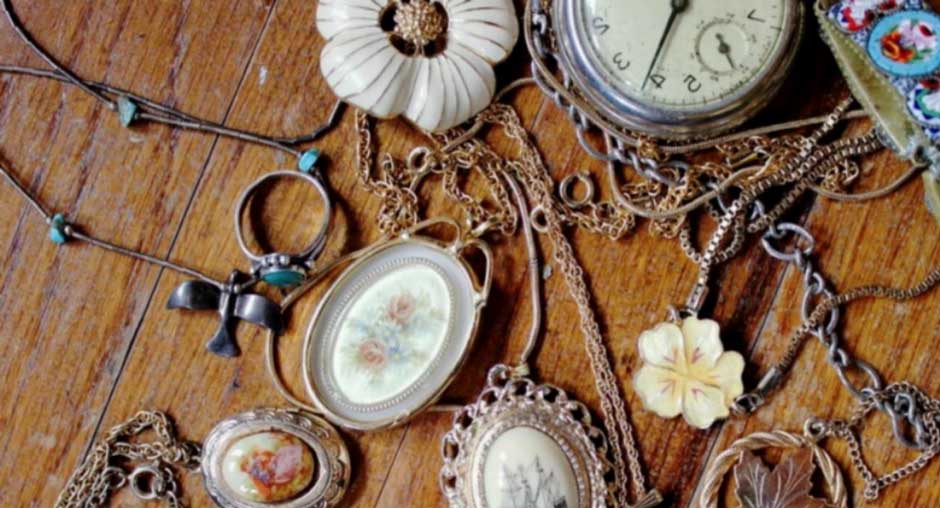How to re-engrave old jewelry?

Old jewelry, not only has its financial value, but also has a more special, emotional aspect to it. Jewelry fades over time, and the engraved designs on the surface, too. Re-engraving jewelry can be a great way to restore it to its former beauty, as well as preserve its special meaning.
Whether you want to re-engrave your favorite piece of jewelry or a family heirloom. Today we’re going to go over how to re-engrave old jewelry.
If you want to learn more about jewelry and engraving techniques, Katway has everything you’re interested in!
When should you consider engraving old jewelry?
Before you begin, it’s important to understand, as well as evaluate, whether or not you should re-engrave your jewelry. For example, is your jewelry faded due to the passage of time and you can’t see the design pattern on the jewelry clearly? Or is it because the design is somehow outdated and you want to redesign it to make it more contemporary. If your jewelry is in any of these situations, consider having your jewelry re-engraved to give it back its luster as well as show it off better.
If your jewelry is expensive and you are worried that re-engraving will damage its value, ask a professional jeweler for a detailed evaluation before engraving.
1. Evaluate the jewelry
Before engraving, assess whether your jewelry is suitable for re-engraving. Because not all old jewelry, is suitable for re-engraving, because there is a possibility that it may damage your jewelry and appear unrecoverable.
Most materials are suitable for re-engraving, but some thin metals, require extra care when re-engraving. If the surface of the jewelry is too deeply engraved or badly worn, then it will need to be re-polished before being engraved again. Check your jewelry for weak parts, damaged parts etc.
2. Determine the design
Knowing your main intentions before engraving, such as whether you want to restore the original design of the jewelry or redesign your jewelry, can better define your goals. For example, you can deepen the original engraving pattern or text to make the original design of the jewelry more prominent, or replace the original design, add new patterns or text, or decorative patterns, so that the jewelry better show its style and personality.
3. Preparing the surface
Essential before you start engraving. Use water or soap to clean the surface of the jewelry to clean off the dust, oil, etc., and make sure it is dry before engraving.
If the surface of your jewelry has deep engraving, then it needs to be polished or filled with engraving. Make the engraved surface smooth and flat, which will help you to redesign your jewelry in a better way.
4. Choose the type of engraving you want
There are many different ways to engrave jewelry today, and the one you choose depends on the effect you want, or the engraving tool you have.
Hand engraving: Hand engraving is perfect for intricate, personalized designs, making jewelry more delicate and unique, and it’s also the most suitable way to engrave old jewelry.
Machine engraving: has a high degree of precision and detail and is better suited for use on durable metals.
Laser engraving: can be used to engrave detailed jewelry pattern designs with great precision. It performs well even on thin, delicate metals.
5. Re-engraving jewelry
Of course, if you lack confidence in your own operation, you can find a jeweler to re-engrave your jewelry to achieve the effect you want. But if you want to DIY yourself, here are the steps you can refer to.
Tools you need: engraving tools, such as hand engraving knives, rotary tools and engraving machines, magnifying glasses, lights, goggles, etc.
Steps: Use a vise to hold the jewelry in place and keep it stable. Give the pattern you want to design and make a draft on the jewelry, so that it is more convenient for subsequent engraving. Maintain a consistent strength and speed to keep the engraving lines consistent and smooth. Sweep off any debris from the surface of the jewelry and check your design.
6. Finishing
Finishing your jewelry after the carving is complete can make your jewelry as exquisite as it is eye-catching.
Polishing: Using a polishing cloth or jewelry polishing wheel, polish the surface of your jewelry to remove unwanted scratches and restore the shiny feel of the metal.
Cleaning: Using mild soapy water, clean your jewelry to remove surface dirt and debris and dry thoroughly.
Tips for achieving perfect engraving
Practice: Practice with discarded metal to get better at jewelry engraving and reduce the likelihood of mistakes.
Leave it to the professionals: If your jewelry is valuable, leave it to the professionals to avoid damage.
Use professional tools: good tools are an effective way to achieve exquisite engraving, which can make your engraving smoother and silkier.
How to preserve your jewelry?
After your jewelry has been re-engraved, refer to a few tips to take better care of your jewelry.
Use a soft bag, or in a specialized jewelry box, which can go a long way in preventing it from scratching. Use a special jewelry cleaner on a regular basis to clean it. Avoid using harsh chemicals as well as avoiding behaviors that can potentially harm it.


